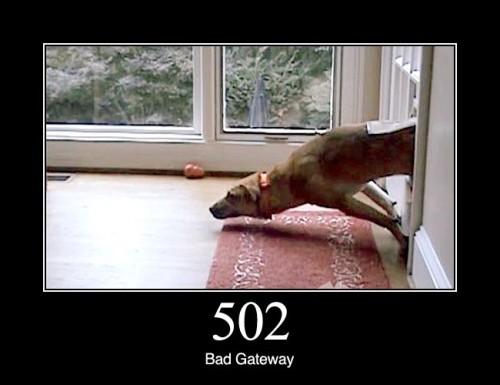I’ve just discovered some sad sad news. Alex King, one of the bigger people in the WordPress community for years, is fighting a stage 4 cancer battle. Alex is well known for a few things, most notably for his design of the Share icon, his contributions to WordPress core, and his work as a founder of Crowd Favorite.
I’ve never met Alex or spoke to him directly, but his work is a constant inspiration. From the early days, when I was promoting WordPress as a flexible platform for web application development, I used his work for powerful examples. I’ve also built projects using Carrington Core framework. This blog ran both Carrington Blog and FavePersonal themes for quite some time. I’ve used Capsule for a while to manage my code snippets and project notes, and I’m sure I’ll use it again. I’ve used (and still using) quite a few plugins that he was involved with – Social, Twitter Tools, Old Post Alert, Delink Comment Author, and others. I’ve been an occasional reader of his blog. And, of course, like anyone else using WordPress, I’ve benefited from his work.
The time has come to return a favor. Alex is compiling some information about his work and career for his 6 year old daughter to learn more about him. So if you met Alex, communicated with him, or benefited from his work – take a couple of minutes to share your experience. He well deserves that.
To Alex: thank you for all your work. It’s inspirational and educational. Stay strong!

